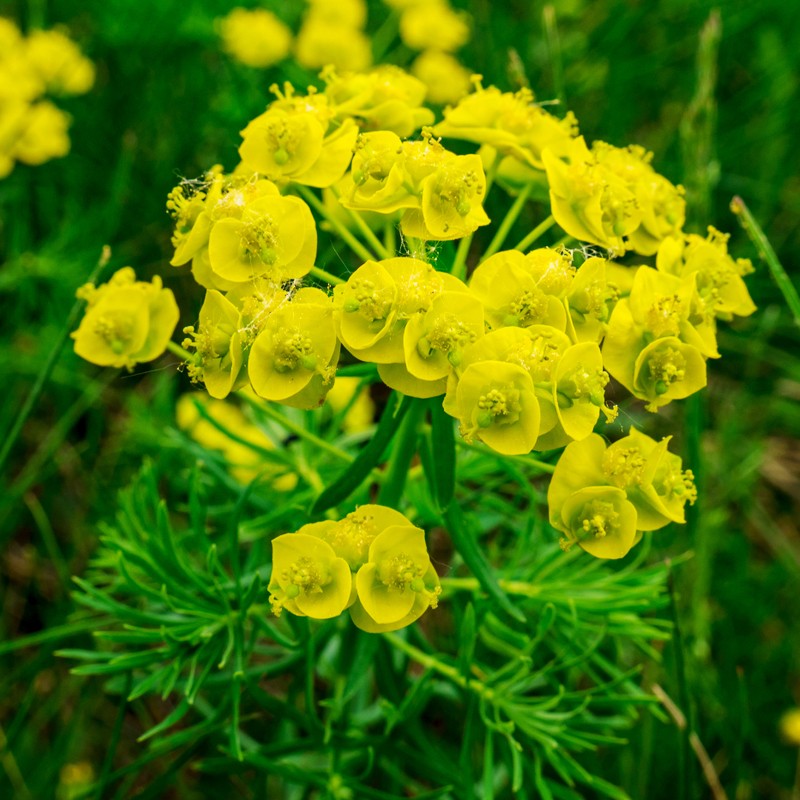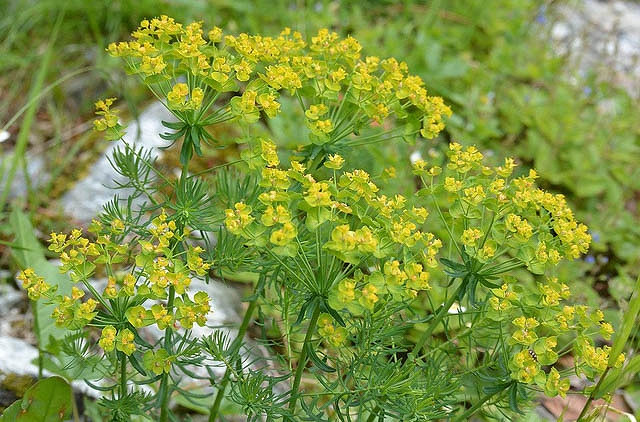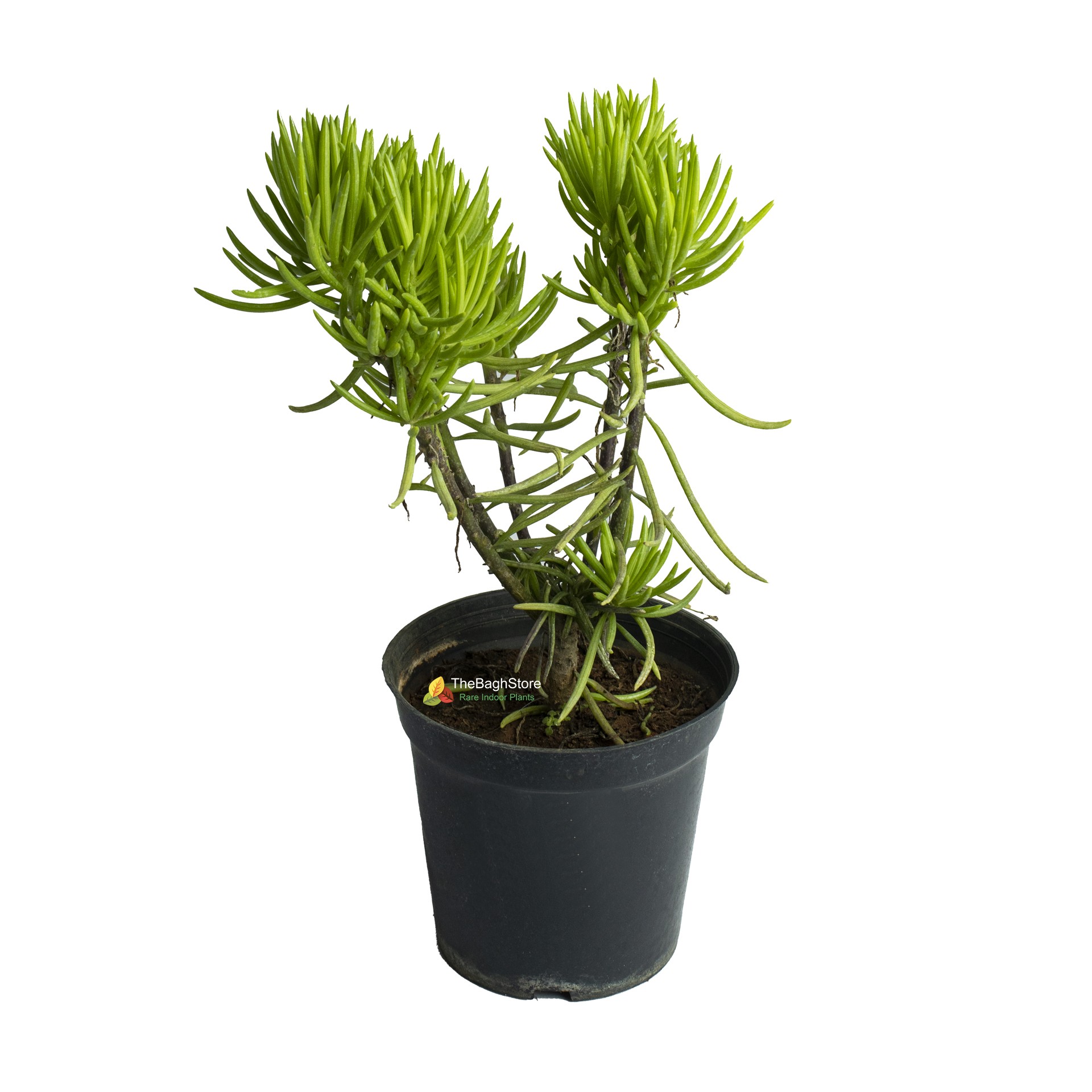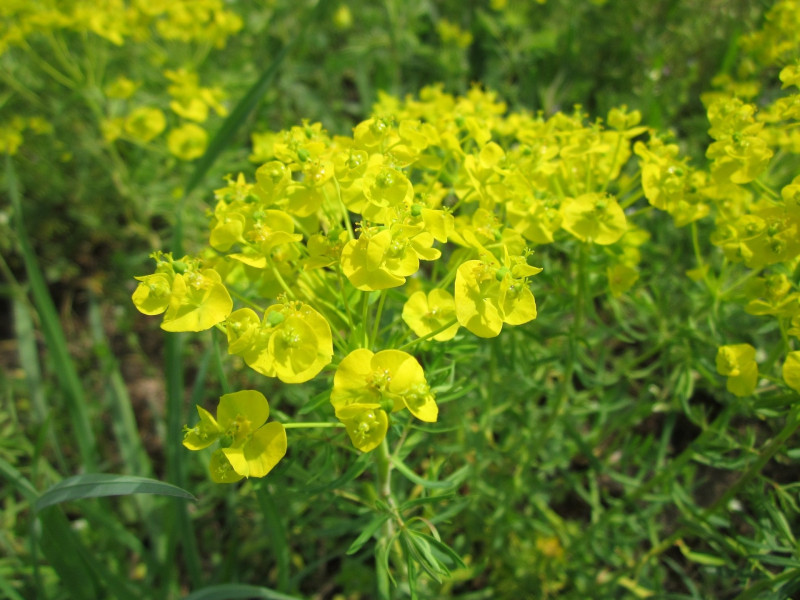Cypress Spurge: The Easytogrow Groundcover That's Sure To Impress
Cypress Spurge: The Easy-to-Grow Groundcover That's Sure to Impress
Cypress spurge (Euphorbia cyparissias) is a low-maintenance groundcover that is sure to add a touch of elegance to any garden. It is drought-tolerant, deer-resistant, and can tolerate a wide range of soil conditions. Cypress spurge is also relatively pest-free, making it a low-maintenance choice for busy gardeners.
Introduction
Cypress spurge is a herbaceous perennial that grows 6 to 10 inches tall and spreads to 2 to 3 feet wide. The leaves are small and scale-like, giving the plant a cypress-like appearance. The flowers are small and yellow, and they bloom in the spring and summer.
Cypress spurge is native to Europe and Asia, but it has been naturalized in North America. It is often found growing in disturbed areas, such as roadsides and vacant lots. However, cypress spurge can also be a beautiful addition to a garden.
Planting and Care
Cypress spurge is easy to plant and care for. It can be planted in full sun or partial shade, and it prefers well-drained soil. Cypress spurge is drought-tolerant, but it will benefit from occasional watering during hot, dry weather.
Cypress spurge does not require much fertilizer. A light application of fertilizer in the spring will help to keep the plant healthy and vigorous.
Cypress spurge is relatively pest-free. However, it can be susceptible to spider mites and scale insects. If you notice any pests, you can treat them with an insecticidal soap or neem oil.
Propagation
Cypress spurge can be propagated by seed or by division. Seeds can be sown in the spring or fall. Division can be done in the spring or fall. To divide a cypress spurge plant, simply dig it up and separate the roots into several sections. Each section should have at least a few leaves and roots.
Uses
Cypress spurge is a versatile groundcover that can be used in a variety of ways. It is a good choice for borders, rock gardens, and pathways. Cypress spurge can also be used to fill in bare spots in the garden.
Cypress spurge is also an excellent choice for containers. It can be grown in a pot or planter on a patio or deck.
Conclusion
Cypress spurge is an easy-to-grow groundcover that is sure to add beauty and interest to any garden. It is drought-tolerant, deer-resistant, and relatively pest-free. Cypress spurge is also a versatile plant that can be used in a variety of ways.
If you are looking for a low-maintenance groundcover that is sure to impress, cypress spurge is a great choice.
Cypress spurge is a versatile plant that can be used for both ornamental and medicinal purposes. It is native to Europe, but it has been naturalized in many other parts of the world, including North America. Cypress spurge has a long history of use in traditional medicine, and it is still used today for a variety of conditions, including breathing disorders, diarrhea, and skin diseases.
If you are interested in learning more about cypress spurge, I recommend visiting the website Garden Wiki. This website provides a wealth of information about the plant, including its history, uses, and safety concerns. You can also find links to other resources, such as scientific papers and herbal monographs.
FAQ of cypress spurge
Q: What is cypress spurge?
A: Cypress spurge (Euphorbia esula) is an invasive plant that is native to Europe and Asia. It is a succulent plant that can grow up to 6 feet tall. It has yellow flowers and produces a milky sap that is poisonous. Cypress spurge is a serious threat to native plants and ecosystems.
Q: Where does cypress spurge grow?
A: Cypress spurge can grow in a variety of habitats, including disturbed areas such as pastures, abandoned fields, ditches, and coastal areas. It can also grow in some well-drained, sunny areas.
Q: How does cypress spurge spread?
A: Cypress spurge spreads primarily by wind. The seeds can travel long distances and can germinate in a variety of conditions. The plant can also spread by water, animals, and humans.
Q: How can I control cypress spurge?
A: There are a number of ways to control cypress spurge. Some of the most effective methods include:
- Hand pulling: This is the most effective way to control small infestations.
- Mowing: Mowing can help to reduce the spread of cypress spurge, but it is not a permanent solution.
- Herbicides: There are a number of herbicides that can be used to control cypress spurge. However, it is important to use herbicides carefully to avoid harming native plants.
- Biological control: Biological control is the use of natural enemies to control an invasive species. There are a number of insects and other organisms that have been introduced to control cypress spurge.
Q: What are the impacts of cypress spurge?
A: Cypress spurge has a number of negative impacts on native plants and ecosystems. It can outcompete native plants for water and nutrients. It can also release toxins that can kill other plants. Cypress spurge can also alter the fire regime in an area, making it more prone to wildfires.
Image of cypress spurge
5 different images of cypress spurge from Pinterest:
- Image 1: A close-up of a cypress spurge plant, showing its small, green leaves and white flowers.

- Image 2: A cluster of cypress spurge plants growing in a garden.

- Image 3: A cypress spurge plant in full bloom, with its white flowers covering the plant.

- Image 4: A cypress spurge plant in a pot, on a windowsill.

- Image 5: A cypress spurge plant in a meadow, with other wildflowers.

Post a Comment for "Cypress Spurge: The Easytogrow Groundcover That's Sure To Impress"